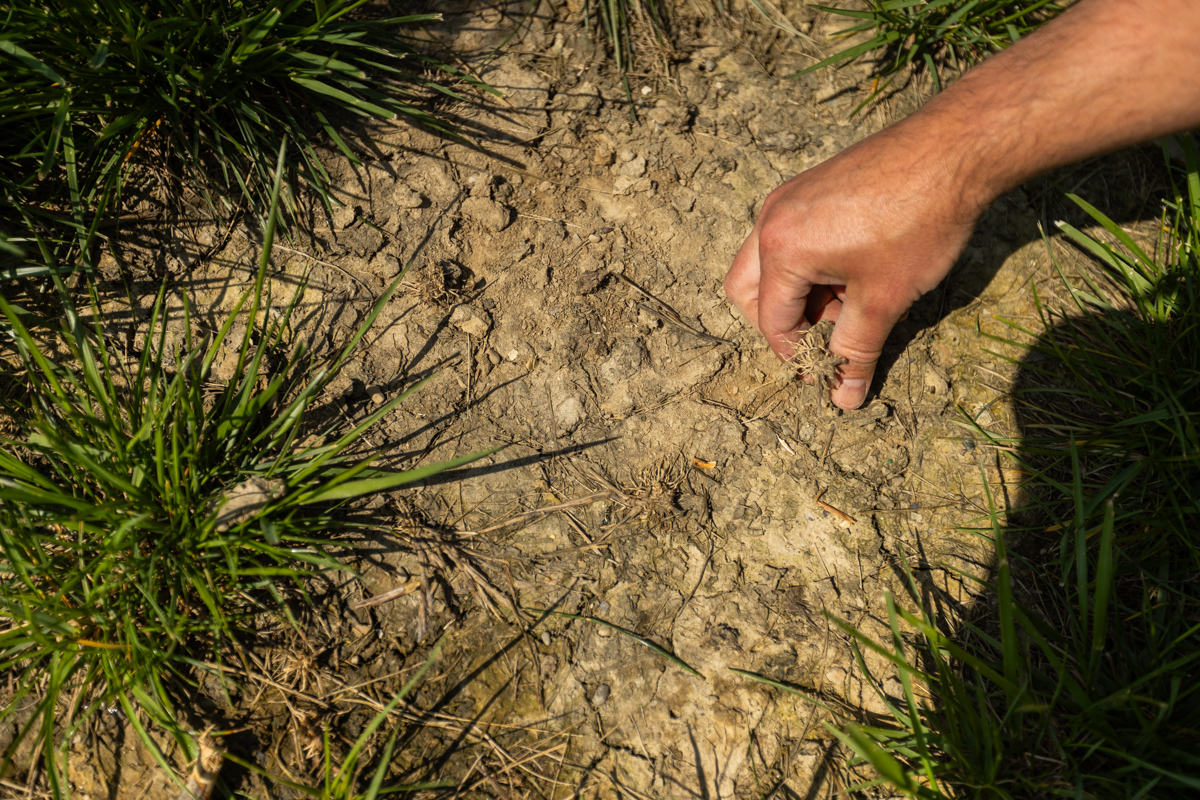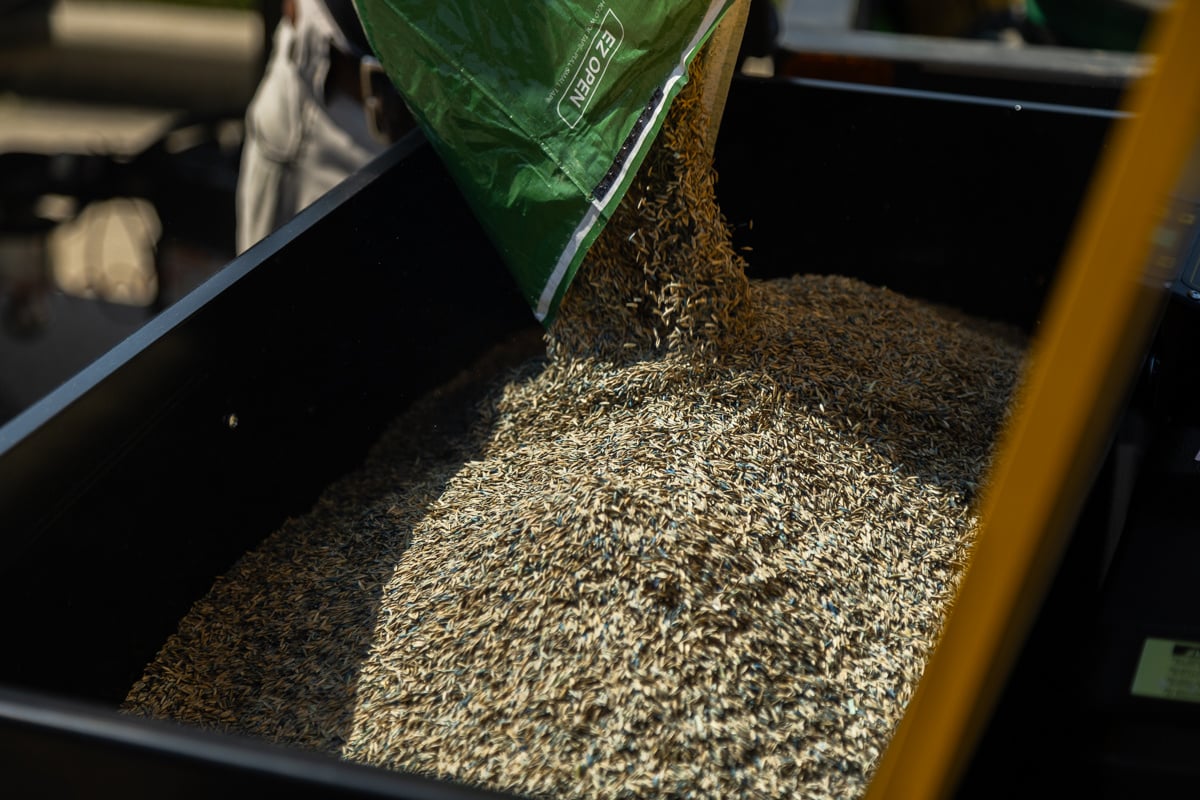

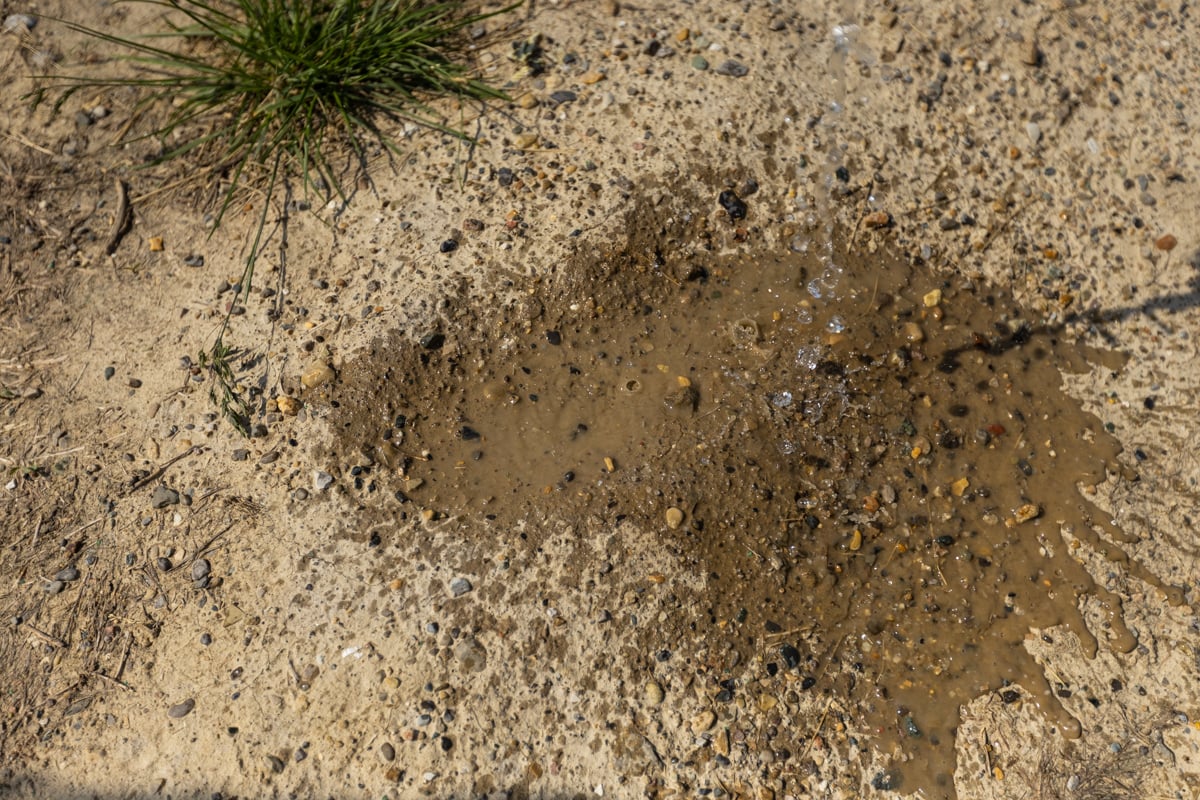
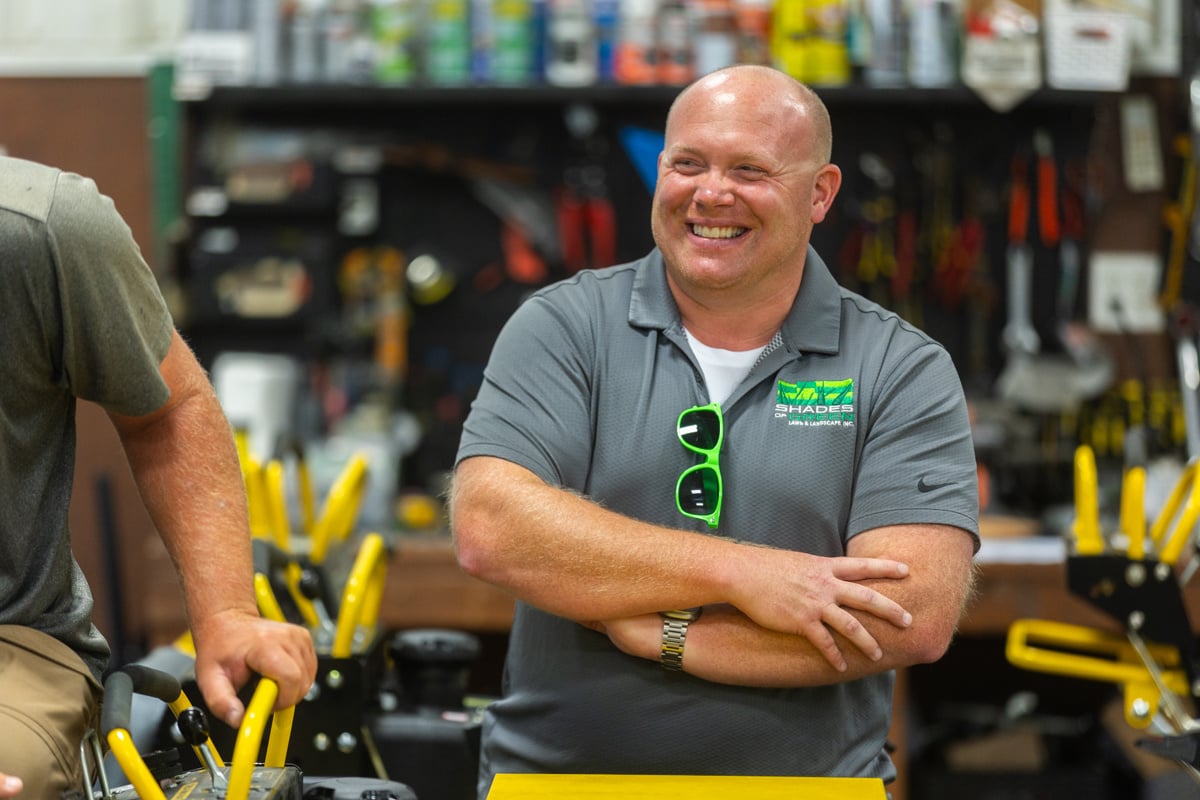
You’re watering on schedule. You’ve fertilized. You mow regularly. So, why does your lawn still look tired, thin, or just off?
One sneaky issue could be soil compaction! What is compacted soil? It basically means your soil is packed down so tightly that water, nutrients, and oxygen can’t get where they need to go. And if the roots can't breathe, your grass just isn’t going to thrive, no matter how much love you are giving it.
Let’s break down exactly what soil compaction is, how to tell if it is happening in your yard, and what you can do to fix it for good.
Healthy soil might not be something you think about very often, but it is the foundation of a thriving lawn. When soil is loose and full of air pockets, water, nutrients, and oxygen can reach the grass roots where they’re needed most. Soil compaction, on the other hand, is when the soil becomes densely packed, squeezing out those critical air pockets and making it difficult for your lawn to breathe, drink, and grow.
Wondering how to tell if soil is compacted? When soil is compacted, your grass may start to show signs of stress like thinning, discoloration, poor drainage, or even patches of bare ground. But the real issue is happening below the surface, where roots are struggling to push through hard and compressed soil.
Soil compaction can happen gradually or all at once, and many factors contribute to it.
Here’s what causes soil compaction:
Lawns that get heavy use from kids, pets, or gatherings tend to have compacted areas where the grass gets trampled repeatedly.
Riding mowers, vehicles, or construction equipment can quickly press down the soil, especially if it is wet.
In our Midwest region, many lawns already have naturally dense soil types, like clay, that are more prone to compaction.
Overwatering or poor drainage can contribute to compaction, especially if water consistently pools in certain areas.
Without regular aeration or seasonal lawn care, compaction quietly builds up year after year.
Soil compaction is surprisingly one of the biggest obstacles to a healthy, resilient lawn. When the soil is too dense, it creates a barrier between your grass roots and everything they need to thrive. No amount of watering, mowing, or fertilizing can fully fix the issue until the compaction is addressed.
Here’s why soil compaction is bad for your lawn’s overall health:
Roots need space to grow deep and wide. In compacted soil, they become shallow and weak, making your grass more vulnerable to drought, disease, and everyday stress.
Instead of soaking into the ground, water often runs off or pools on the surface. That leads to wasted water, dry roots, and in some cases, increased fungal issues.
Even if you are fertilizing regularly, compacted soil prevents those nutrients from reaching the roots. That means you are spending money on lawn care without getting the full benefit.
Grass roots need oxygen. When soil is compacted, there’s not enough air movement underground, leading to suffocation of the root system and slow-growing or thinning turf.
Weak, compacted lawns leave open areas where weeds can take hold and insects can do damage. A stressed lawn is a welcome mat for problems.
Fixing compacted soil takes more than just a one-time solution. It requires the right techniques, the right timing, and a good understanding of how your lawn is being used. Whether you are dealing with the aftermath of new construction, years of heavy mower traffic, or just the wear and tear of everyday life, there are effective ways to restore your soil and get your lawn back on track.
So, how to loosen compacted soil? Core aeration is one of the most effective ways to relieve surface-level compaction. It works by pulling out plugs of soil, usually 1 to 1.5 inches deep, to create channels for air, water, and nutrients to reach the roots.
At Shades of Green, we carefully balance how deep we go. Pulling cores too shallow won’t make much of a difference, but going too deep, especially during overseeding, can hurt seedling development. If grass seed lands too far down in the holes, it may never get the sunlight it needs to grow, wasting time and seed.
That’s why we customize our approach based on your lawn’s condition. In fall, we recommend aeration paired with overseeding, targeting the top few inches of soil where compaction is the most common. In the spring, we may follow up with deeper aeration to continue to loosen soil further down, especially if compaction is severe.
For lawns with compaction that happens year after year, liquid aeration can be a great addition to your lawn care program. It works differently from mechanical aeration by using specially formulated treatments to soften the soil and promote better movement of air and water through the lawn over time. While it doesn’t replace traditional aeration, it is a great tool to help reduce compaction over time and help the structure of your soil.
Once your soil is compacted, it takes time and effort to fix, but there are many ways to prevent it from getting worse.
Aeration does more than just poke some holes in your lawn! By relieving soil compaction, aeration allows air, moisture, and nutrients to reach the root zone where they can make a big difference in your lawn’s health.
The results of lawn aeration are real: greener grass, improved drainage, and healthier soil over time!
Soil compaction can sneakily hold your lawn back. But with the right tools, timing, and know-how, your lawn can bounce back stronger and healthier than ever.
At Shades of Green, we take soil health seriously. From tailored aeration strategies to custom-blended treatments, we build lawn care programs that actually work for Indiana’s unique conditions.
Feeling stuck with the health and progress of your lawn? Get started by filling out our contact form.
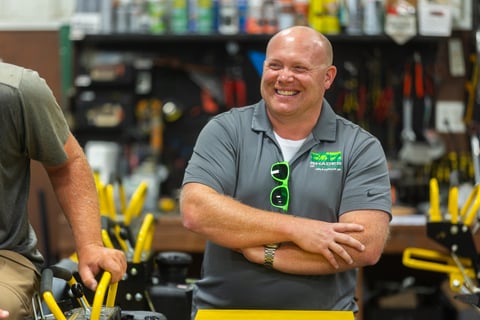
Cory is the heart and soul of Shades of Green. His dedication to doing right for our customers has been the driving force behind the company's success. With a degree in Turf Science from Purdue University, Cory continually strives to craft the best treatment plans using the latest technologies and innovative products, ensuring top-notch results for every client.


